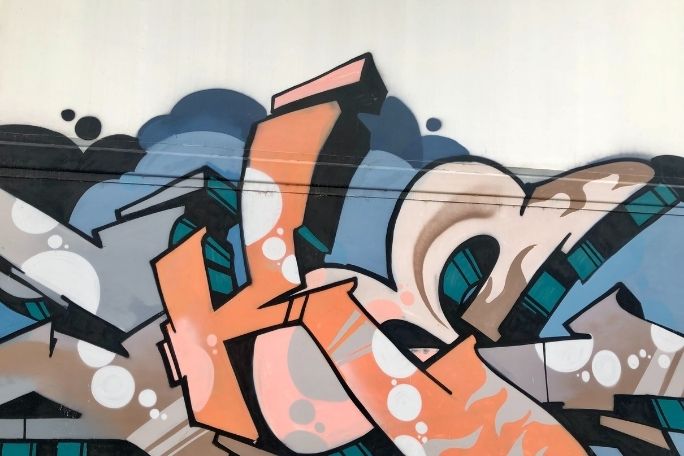Lesson summary
In this activity students need to think of a place in nature that is special to them and why it is special to them. They will then create a work of art based on this special place. Students are then asked to share their work of art with other students, explaining why they chose this place, and how their work represents this place and their feelings towards it.
Learning intentions:
Students will...
- understand that people need nature for different reasons
- identify ways of visually representing personal relationships with nature.
Lesson guides and printables
Curriculum links
Select your curriculum from the options below.
Lesson details
Curriculum mapping
Australian curriculum content description:
Year 3 Geography:
- The similarities and differences between places in terms of their type of settlement, demographic characteristics and the lives of the people who live there, and people’s perceptions of these places (ACHASSK069)
Year 4 Geography:
- The importance of environments, including natural vegetation, to animals and people (ACHASSK088)
Years 3 & 4 Visual Arts:
- Explore ideas and artworks from different cultures and times, including artwork by Aboriginal and Torres Strait Islander artists, to use as inspiration for their own representations (ACAVAM110)
- Use materials, techniques and processes to explore visual conventions when making artworks (ACAVAM111)
Syllabus Outcomes: GE2-3, GE2-2, VAS2.1, VAS2.2.
Time required: 60 mins.
Level of teacher scaffolding: Medium – facilitate discussion, assist students in creating and displaying artwork.
Resources required
- Internet access
- Art making materials
- Student worksheet (optional)
Additional info
This lesson is part of the CLIMARTE unit. The unit is designed to help students build their knowledge of climate change by exploring the topic through the arts. By harnessing the creative power of the Arts, CLIMARTE aim to inform, engage and inspire real action on climate change. Following this lesson plan is an ideal way to expose your kids to climate change through the medium of art.
We’ve taken elements of this lesson and adapted them for remote learning. You can find this activity here.


Welcome back!
Don't have an account yet?
Log in with:
Create your free Cool.org account.
Many of our resources are free, with an option to upgrade to Cool+ for premium content.
Already have an account?
Sign up with:
By signing up you accept Cool.org's Terms and Conditions(Opens in new tab) and Privacy Policy(Opens in new tab).